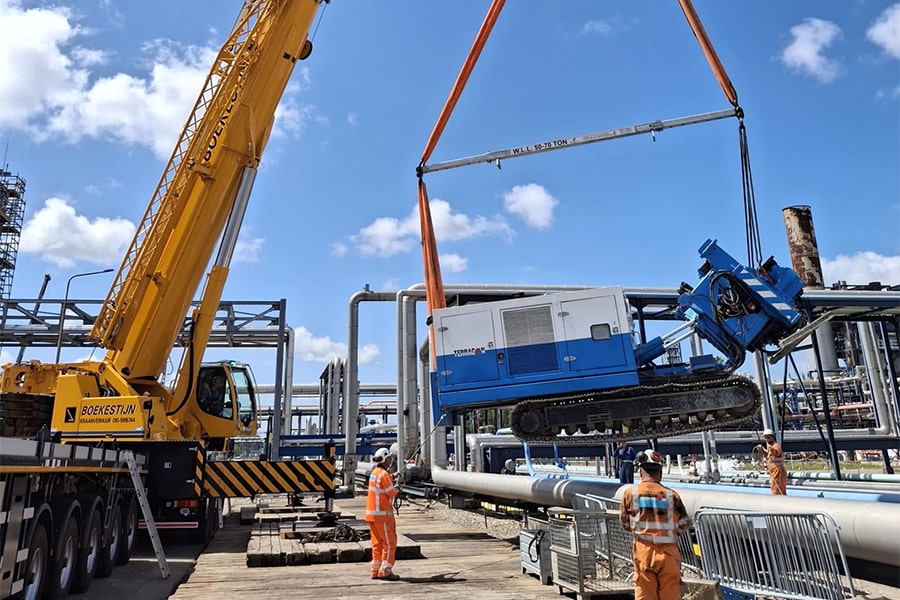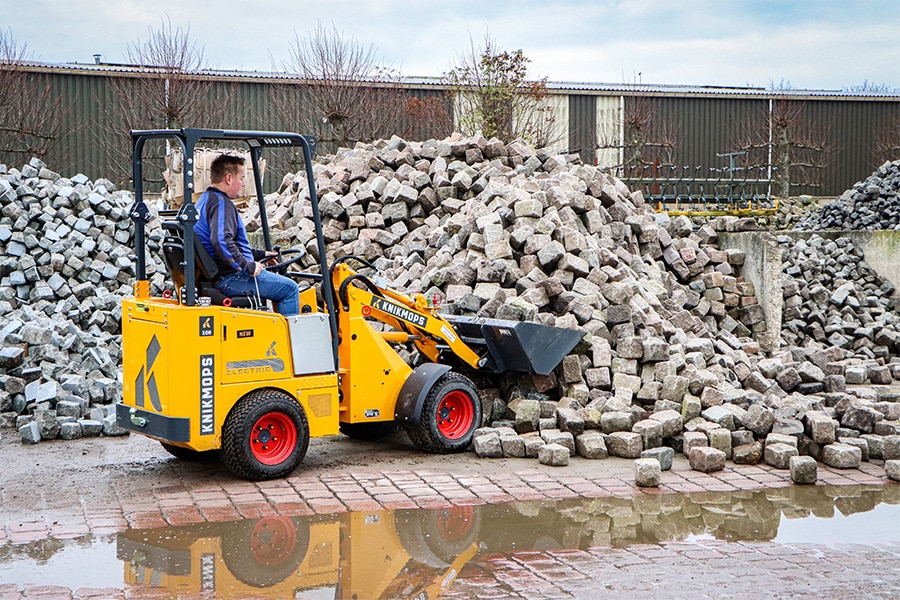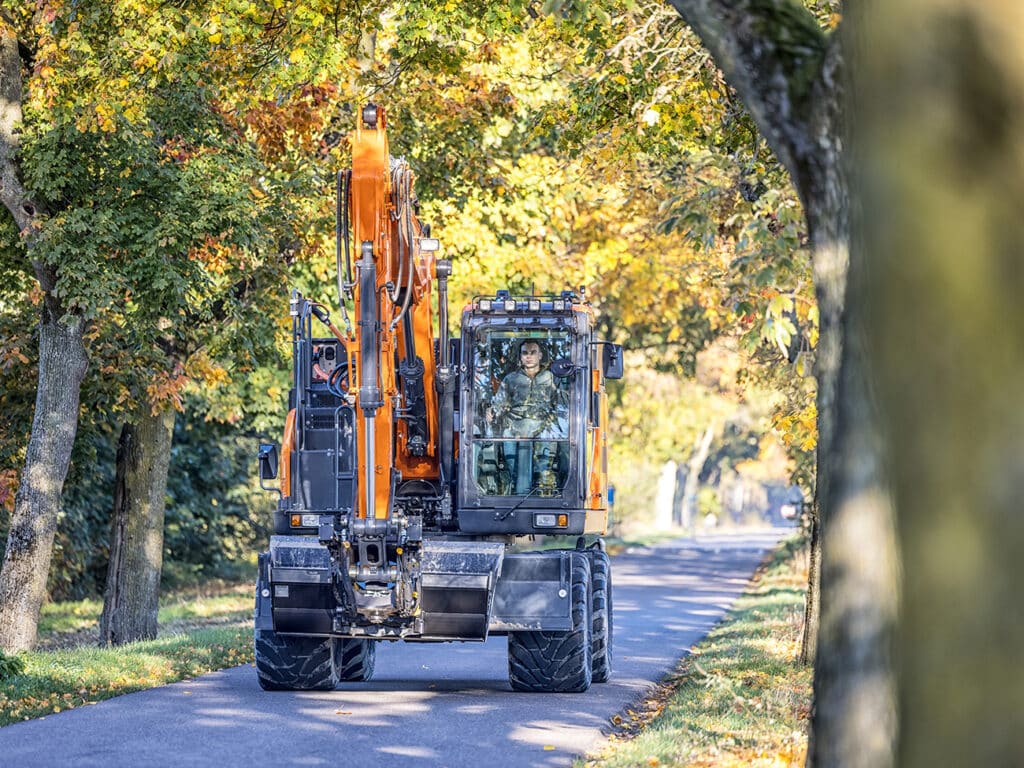
Staad takes progressive GWW contractors through transition process
The Construction Site of Tomorrow within reach
The GWW sector is increasingly aware of the fact that its activities must produce fewer emissions and that clients include "zero emissions" as a criterion in their tenders. People are looking for efficient solutions and for ways to greatly reduce emissions from drive technologies. The introduction of emission-free earthmoving machines is the most important measure, and it also has a very positive impact on the rest of the sustainability of our sector.
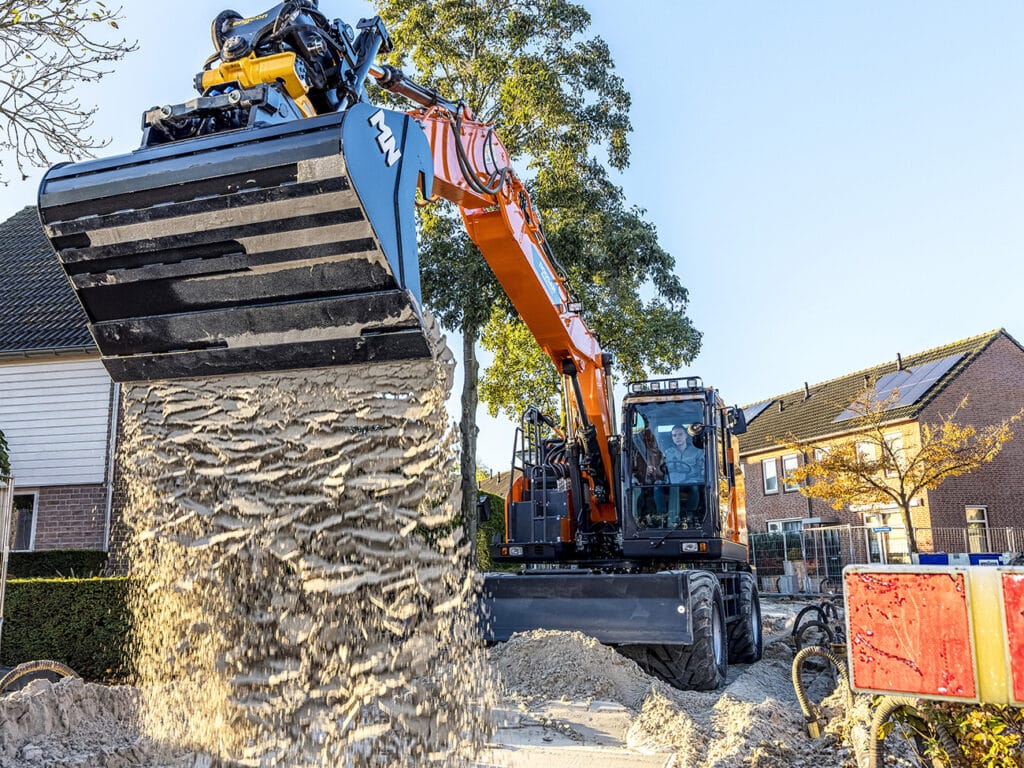
It is clear to everyone that we are facing a climate problem (caused by CO2 emissions, among other things) and an environmental problem (nitrogen, NOx and particulate matter), noise and odor nuisance. Within the execution techniques of the civil engineering sector, the use of (heavy) equipment is by far the largest contributing polluting factor. The sector's goal is to achieve zero emissions as soon as possible with its GWW work.
Minister Schouten (Agriculture) has proposed a reduction in nitrogen emissions of 26% by 2030, but the Remkes advisory panel advocates that emissions from construction projects be reduced by 80% in (at most) 10 years, resulting in a reduction from 19.2 ktonnes of NOx per year to 3.8 ktonnes of NOx per year measured in construction machinery and construction logistics.
In the search for ways to reduce emissions, a consortium of forward-thinking GWW contractors, FIER Automotive and research institute TNO together with supplier Staad has been launched. The proposal is to take the next big step toward zero emissions in the GWW sector through the deployment of eight electric earthmoving machines with interchangeable power boxes.
Group of leaders
This group of frontrunners - consisting of Van der Zanden, Boomrooierij Weijtmans, Huybregts Loon- en Grondwerkbedrijf, Gebr. Coremans grondwerken, Janssen Group, Gebr. van de Brand and van Oort and J. Veldhuizen Westbroek - has decided to take the lead and have joined forces to form the consortium 'The construction site of tomorrow', which will jointly realize a living lab project within the DKTI scheme of the RVO with the following motivation:
- Jointly gather knowledge about the deployment of electric earthmoving machines during tests with TNO in different applications, with on-site charging and/or exchange of power boxes and share this knowledge among themselves;
- Being ready for the future, especially prepared for the demand for Zero Emission on the construction site from municipal or provincial governments;
- Provide a kickstart to the large scale-up of sustainability projects in the sector.
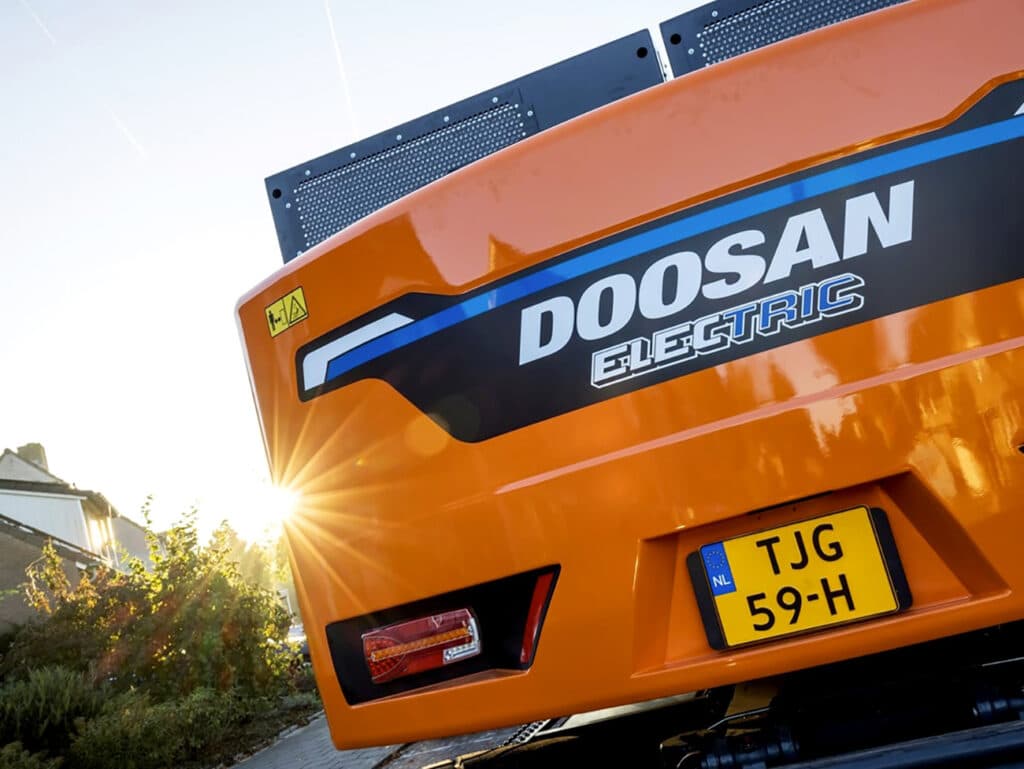
Making recommendations
The test site "The Construction Site of Tomorrow" will be further designed jointly with the partners to be as optimally prepared as possible for the deployment and testing of machines. The machines will be deployed by the GWW partners in (as much as possible) normal operations, and will be monitored by TNO. Based on collected data, the research institute will perform analyses and make recommendations. This feedback goes to the GWW partners, but will also be analyzed in detail with supplier Staad for improvement of the machines. An analysis will also take place on the deployability, cost of use in relation to diesel engines and financial feasibility.
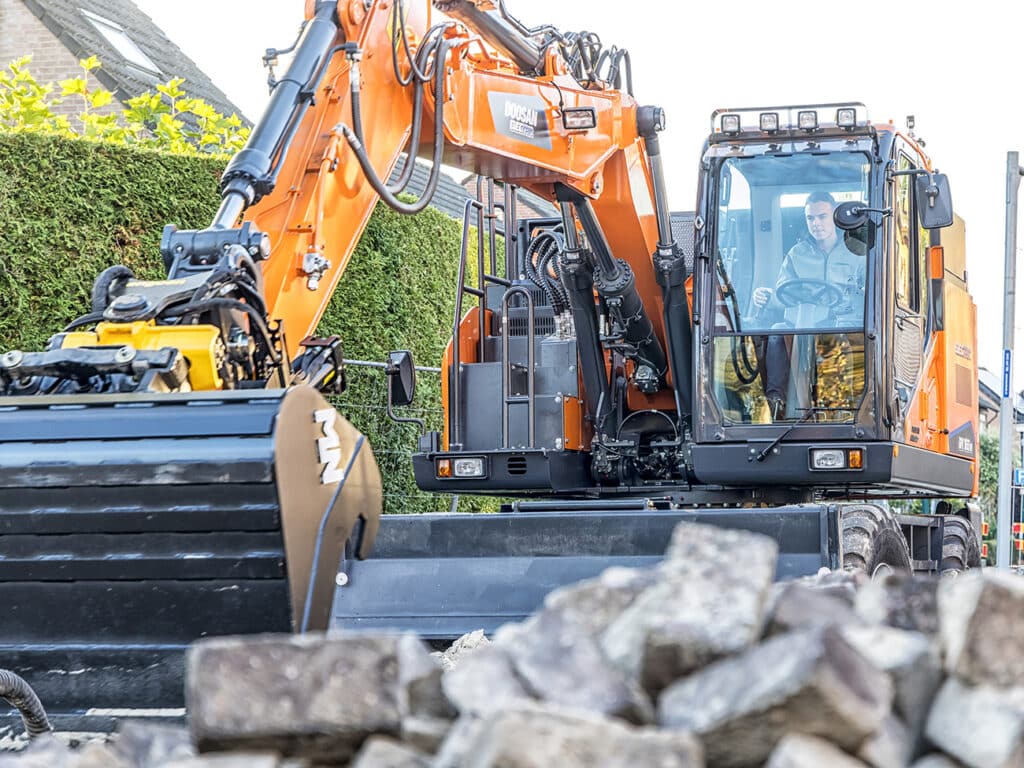
One of the unique aspects in the project is the use of interchangeable power boxes, just like a cordless drill, but on a (very) large scale. The fact that an earth mover does not have to go to the charging station, but that batteries can be swapped, is a requirement for heavy equipment to run 24/7. In addition, the charging system will become similar in technology to that of charging an electric car. The combination of these two elements theoretically makes the technology highly scalable. The parties within the consortium want to experience this in practice.
Giving a big boost
Thanks to the very strong consortium, this project will give a big boost to emission-free work in the GWW sector. Coming from all over the country, with different use cases, these parties will be able to share the learnings and probably enthusiasm well with the entire civil engineering sector.

